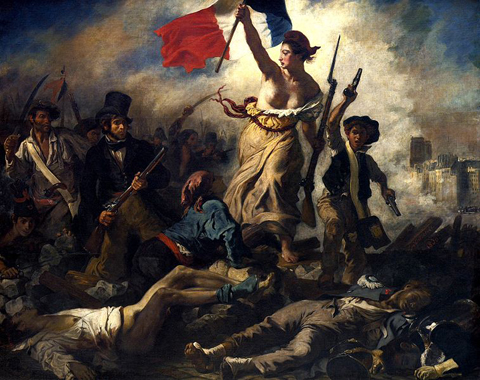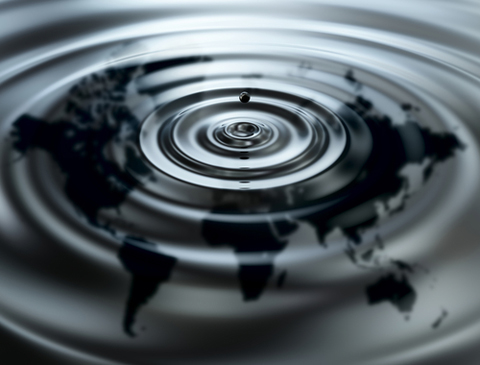
As an unmatched treatise on “hard power,” Carl von Clausewitz’s On War has stood the test of time. A major reason for its longevity has been its prismatic approach towards its subject. To Clausewitz, hard power is never just one thing. Instead, it is, among other things, a dual, a form of commerce, a game of cards, an act of force designed to impose one’s will on another, a continuation of policy by other means, and a trinity or interplay of 1) primordial violence, hatred, enmity, and blind natural forces; 2) chance, probability, and the creative spirit; and 3) policy and reason. That Clausewitz used all these metaphors and characterizations was no accident. He knew that if he was going to describe an innately complex phenomenon such as war effectively, he needed to look at it in a prismatic way.
In our own humble way, we have adopted the same approach in our Editorial Plan. Thus far, we have explored our core theme – the structure of the international system is fundamentally changing – in prismatic ways. We have looked at how systemic change (not change at the margins) is impacting 1) how we forecast future political trends and developments, 2) just how “reality inclusive” geopolitical analyses remain today, 3) how on-going global interdependence and effective multilateralism are evolving, and 4) how nationalism and the Westphalian System are faring in a global environment that is both hostile and supportive towards them both. These various perspectives, however, have not exhausted the angles of analysis available to us in our prism-like investigation of a changing international system.
Therefore, this week’s focus is on the stresses and strains transnational institutions and organizations are experiencing in trying to adjust to a post-Cold War world. That many of these political and governmental mechanisms were created to address 20th century problems goes without saying, as does the truth that 21st century challenges are putting them under serious strain. What these strains look like represents the first of two passes we will take over this subject. Since we will discuss these institutions’ and organizations’ relationship to changing power dynamics in the international system later this spring, what we largely want to do this week is 1) look at the “huffing and puffing” IOs and transnational institutions are experiencing as a result of changing global dynamics, and 2) begin to analyze what adjustments they are trying to make in order to realign themselves with changing international relations paradigms.




